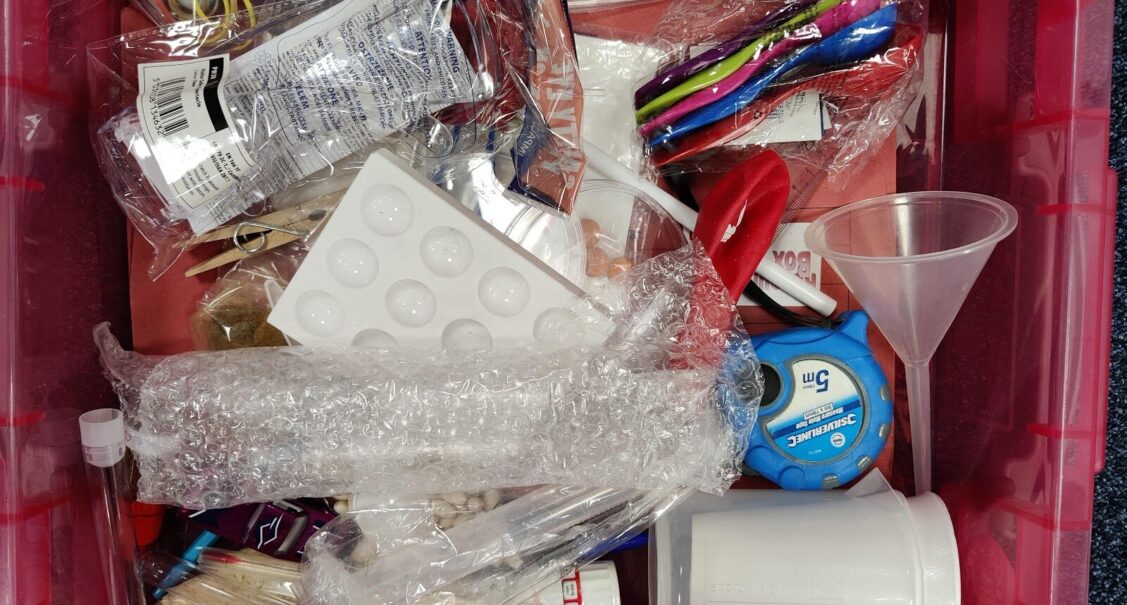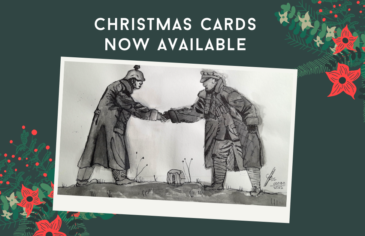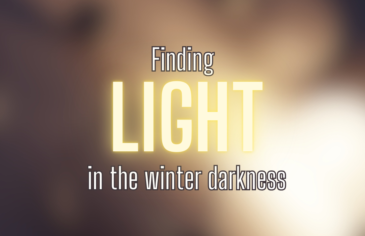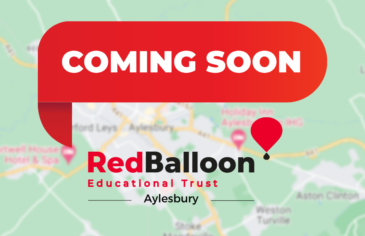What’s in the box?
All Red Balloon of the Air students who have science on their timetables are sent a Science Box containing equipment to help them carry out practical activities related to their course. Our lovely Link Mentors are currently in the process of delivering boxes to those students who have recently embarked on GCSE courses — a total of 18 boxes are on their way or already with students.
Those not yet ready to follow a GCSE course but learning general science also get given a box of science goodies. When the box arrives, we encourage our students to look through it and see what promise it holds – as well as the more conventional equipment such as beakers, thermometers and measuring cylinders, it could contain M&Ms, balloons, yeast or cress seeds!
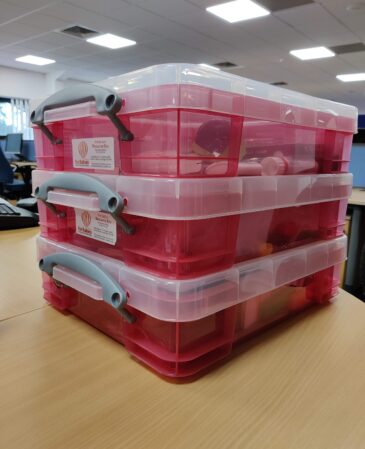
Experimenting from home
It is a real credit to our students that so many of them are able to carry out experiments at home. It’s considerably more daunting to do a practical activity at home, with only some pictures on slides and your teacher’s voice to guide you, than it is to do investigations in a school lab with other people close by to watch and offer support. So we encourage family members to join in the fun! However confident (or not) our young people and families are with experiments, just having another person to figure it out with offers valuable moral support.
Curious About Science
Although the box is designed to extend students in their science lessons, the science department are delighted for students and their families to make use of the equipment in science based activities ‘beyond the curriculum’. In fact, this year a new club is on offer to our RBAir students – Curiosity Club – to encourage them to explore science in a more informal way.
Taking place online on a Wednesday, the aim is to have fun with science, follow our interests and question the things that make us curious. To give you a flavour of the kind of hands on exploration that students might take part in, why not give it a try yourself with our experiment below?
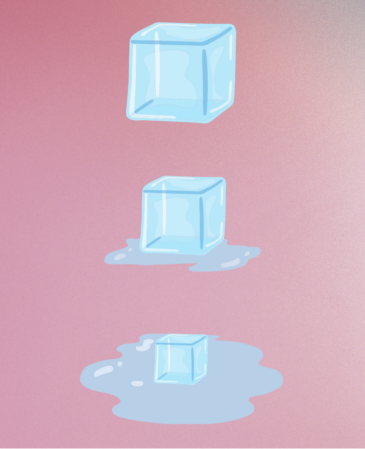
Ice Cube Racing at home experiment – give it a go!
What you need:
- dishes made of different materials: eg plastic, metal, china…
- ice cubes – ideally all the same size – as many as you have dishes
- a stopwatch or clock with a second hand (optional)
What to do:
The aim of the experiment is to find out whether ice cubes melt at different rates depending on the type of surface they are on.
Before you start, you could get each person involved to be bold and say which surface will be best for getting ice cubes to melt! Once you are ready to begin, place all your dishes on the same surface – you need to make sure that all the conditions are the same; only the dish should be different. Then add your cubes and start the timer.
Did you get a curious result? Can you explain the order in which the ice cubes melted? If not, perhaps your student could ask their science teacher for an explanation — they would be delighted to explain!
If this experiment has made you curious and you want to explore some more then check out our article here for 5 more science experiments you can do at home.

